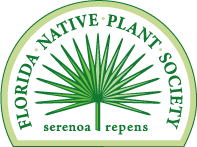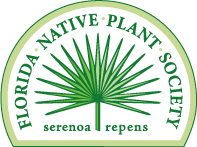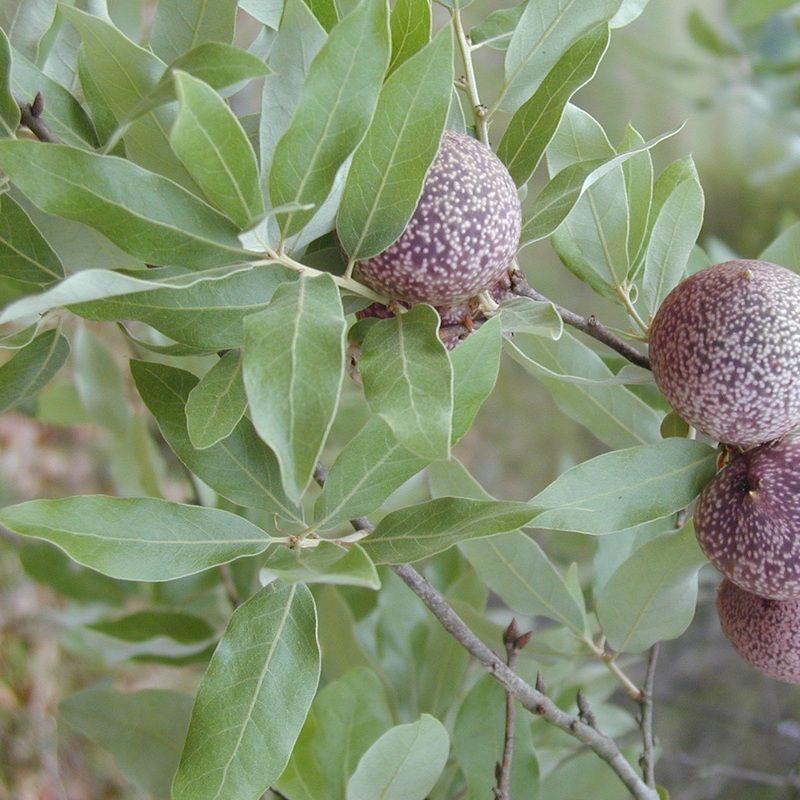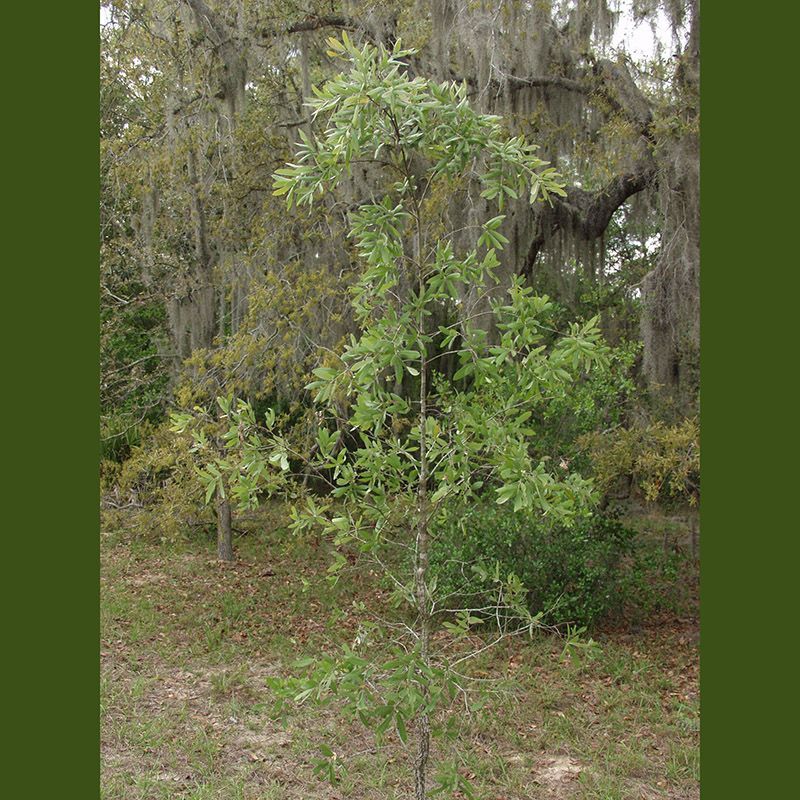FNPS Plant Database
Quercus incana
Nomenclature
Common Name:
Synonym(s):
Genus species:
Family:
Fagaceae
Plant Specifics
Form:
Size:
Life Span:
Long-lived perennial
Flower Color:
Fruit Color:
Phenology:
Noted For:
Landscaping
Recommended Uses:
Considerations:
Availability:
Propagation:
Light:
Moisture Tolerance:
Always Flooded---------------------------------Extremely Dry
□□□□□□□□□□□□□□□□□□□□□□□□□□□□□□■■■■■■■■■■■■
Short very dry periods -to- 1Stays wet
Salt Water Flooding Tolerance:
Unknown
Salt Spray/Salty Soil Tolerance:
Low/no tolerance of salty wind or direct salt spray
Soil or Other Substrate:
Soil pH:
Suitable to Grow In:

USDA zones are based on the average annual extreme minimum winter temperature.
Don't know your zone? Click here to search by zip code.
Ecology
Wildlife:
Importnt food source for some species of moths and butterflies.
Acorns provide food for selected birds, squirrels, raccoons, and deer.
Native Habitats:
Natural Range in Florida:
Visit the USF Libraries Atlas of Florida Plants
Comments:
Ethnobotany:
General Comments:
Citations:
iNaturalist -- used for range verification
Florida Plant Atlas -- used for range verification
University of Georgia Extension Service salt tolerance https://extension.uga.edu/publications/detail.html?number=B1477&title=selecting-salt-tolerant-native-trees-for-the-georgia-coast
https://plants.ces.ncsu.edu/plants/quercus-incana/
https://www.fs.usda.gov/database/feis/plants/tree/queinc/all.html









